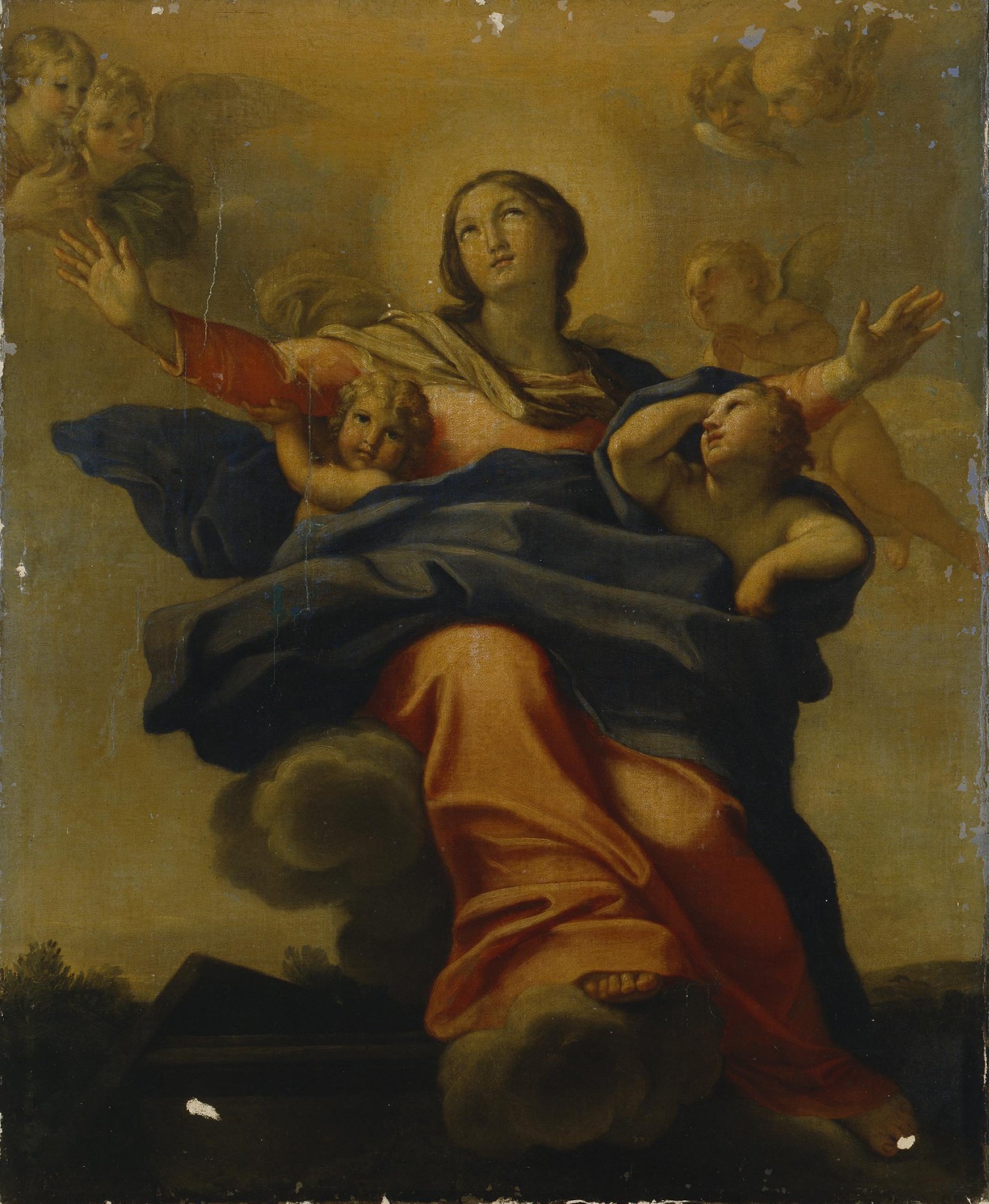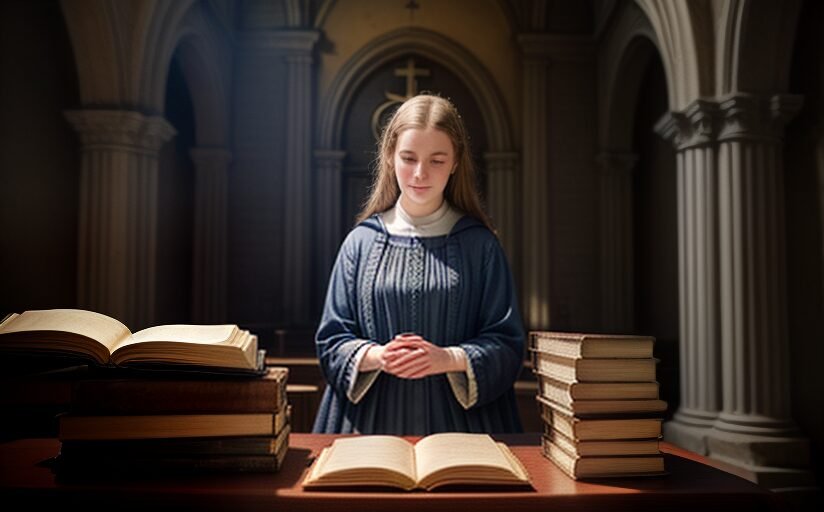A Calendar Dedicated to Mary
In the enchanting realm of the Marian Calendar, a tapestry of feasts unfolds, each a tribute to the Blessed Virgin Mary. These celebrations weave together the tapestry of her interventions on behalf of Catholics across nations and kingdoms throughout the ages. Each day, a unique story unravels, carrying profound lessons for those who seek them.

The Marian Calendar

The Miracle at Notre-Dame Cathedral (Medieval Era)
In a medieval town, the Notre-Dame Cathedral stood as a testament to faith. On the feast day dedicated to Our Lady of Miracles, the townspeople gathered to witness a divine spectacle. Legend spoke of a simple peasant who, in fervent prayer, saw a vision of the Blessed Virgin. As the clock struck midnight, the cathedral bells chimed miraculously on their own. The event became an annual pilgrimage, a reminder of the miraculous connection between the devout and the heavenly realm.

Our Lady's Intervention in the New World (Colonial Era)
Amid the unexplored lands of the New World, a group of European settlers faced dire hardships. On the brink of despair, they turned to the Marian Calendar for guidance. On the feast day of Our Lady of Hope, a sudden storm threatened their crops. In a desperate plea, they prayed for divine intervention. Miraculously, the storm veered away, sparing their harvest. The settlers, convinced of Mary’s intercession, built a chapel in her honor, marking the beginning of a new era of faith in the New World.

The Hidden Manuscript (Renaissance Era)
During the Renaissance, a humble scribe painstakingly transcribed The Marian Calendar, preserving the stories for future generations. Fearing persecution for their devotion, the scribe concealed the manuscript in the walls of a monastery. Centuries later, a group of scholars stumbled upon the hidden treasure. As they unraveled the tales within, a renewed interest in Mary’s influence spread, transcending borders and inspiring a revival of devotion.
